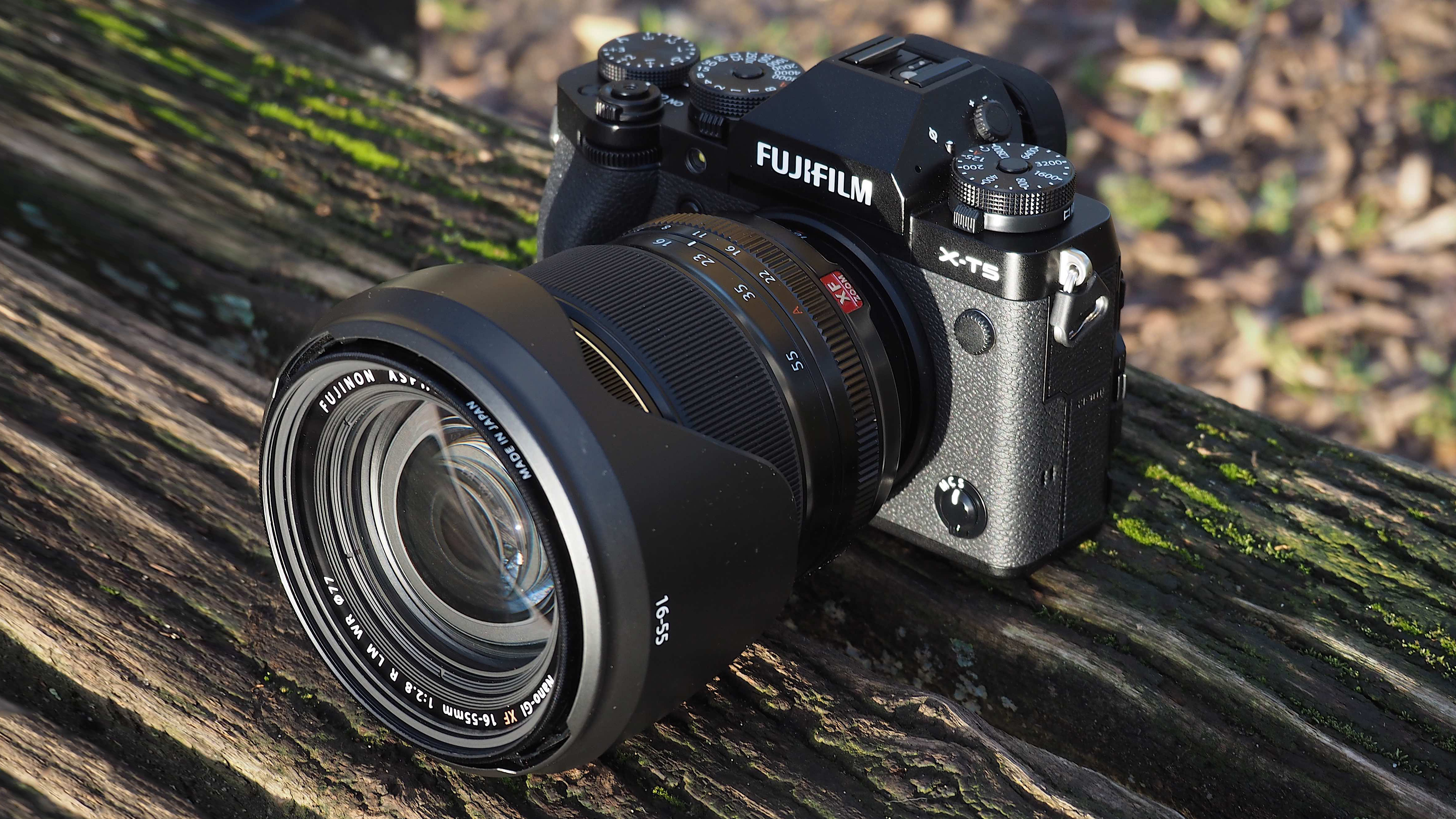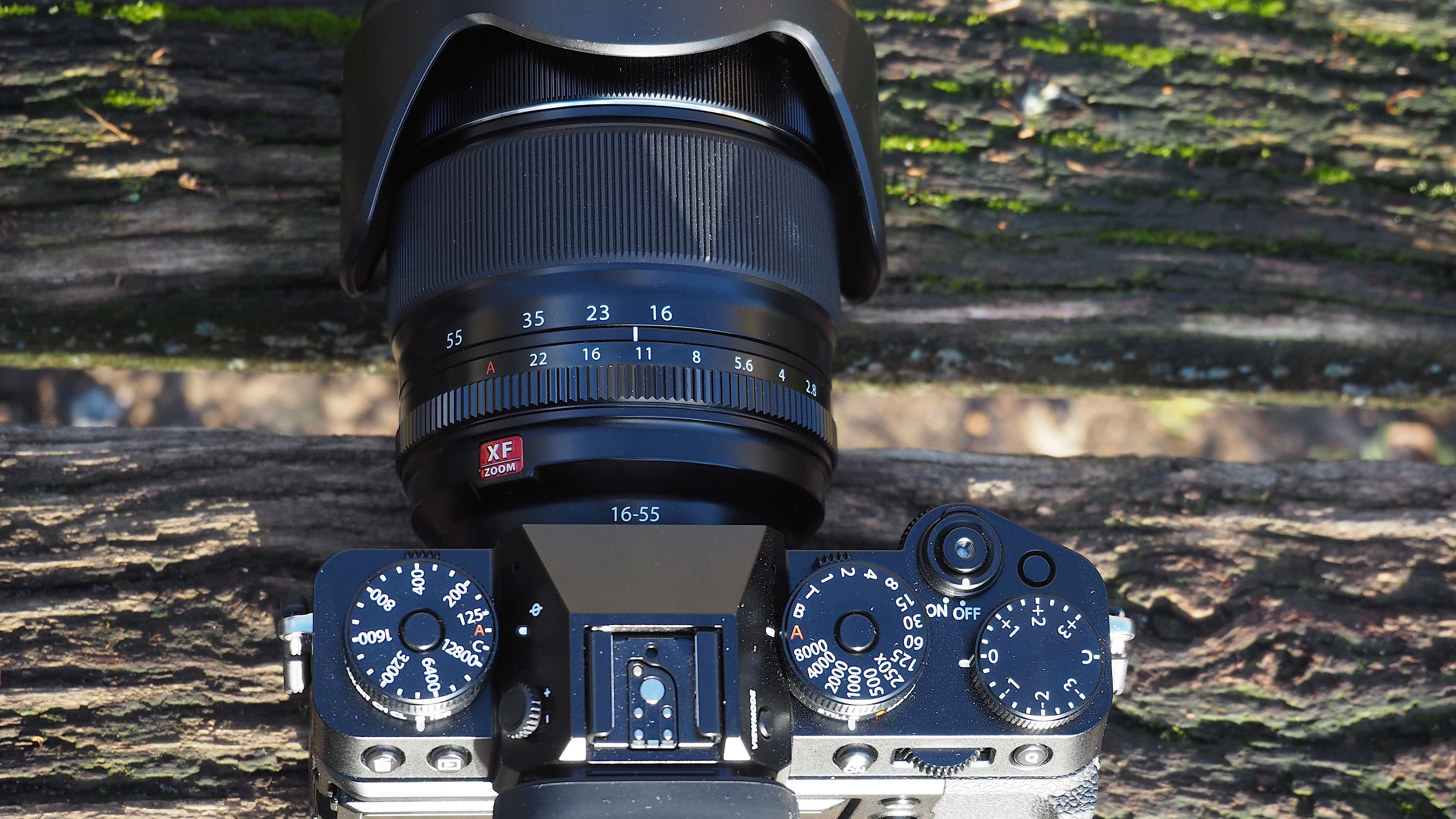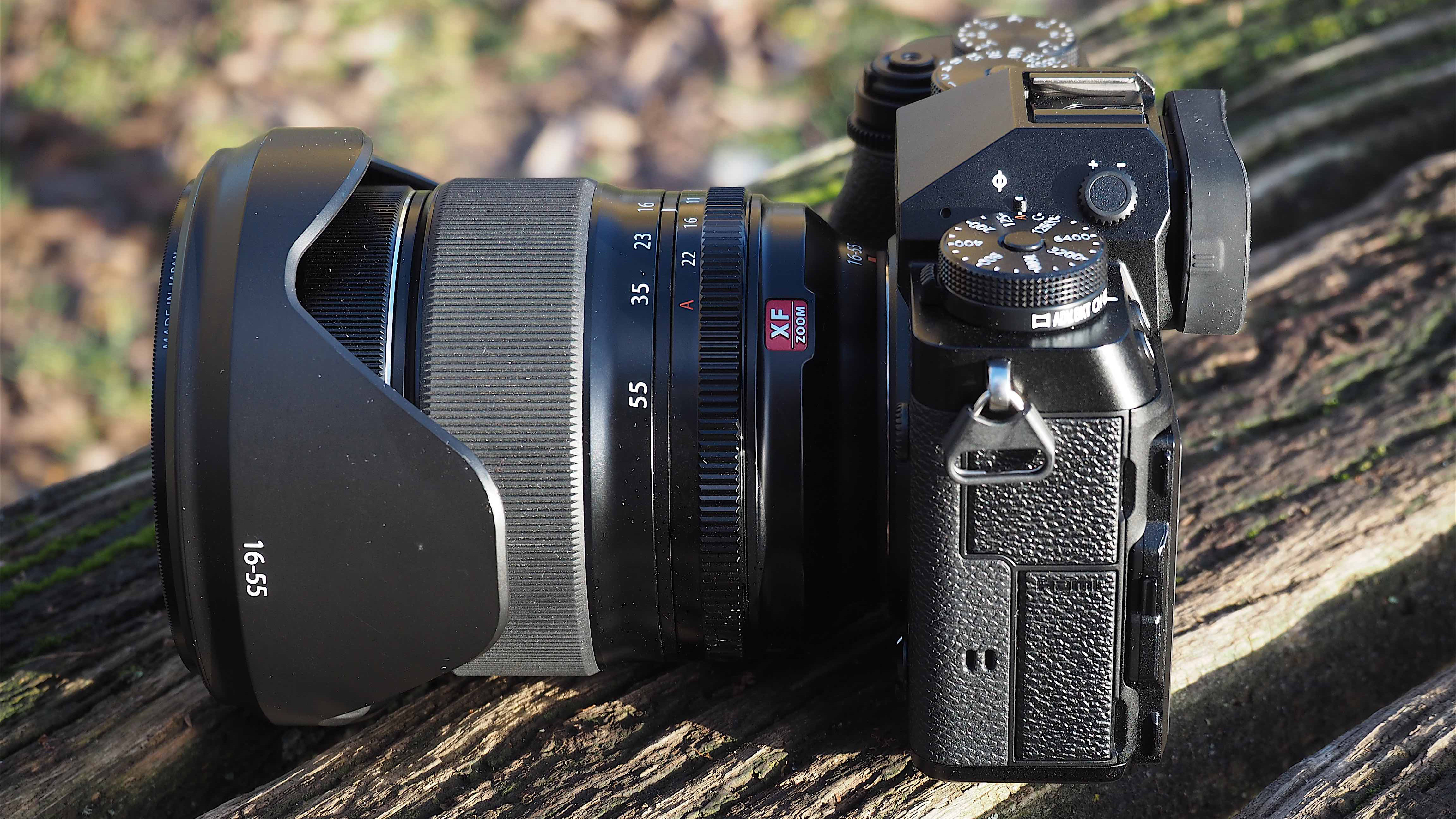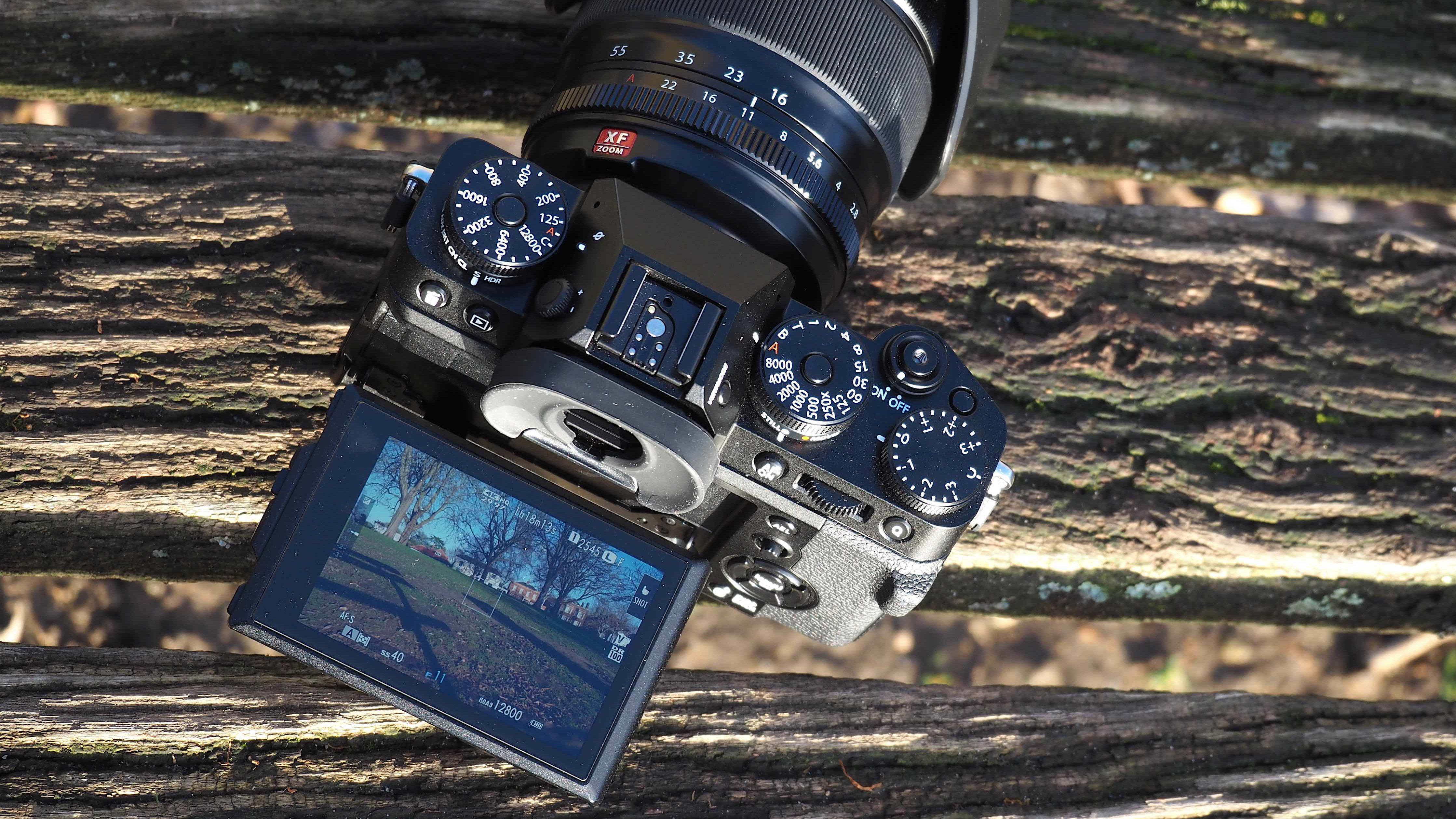
Fujifilm has been offering its large-sensor, metal-built and retro-styled mirrorless digital cameras for over a decade now. The Fujifilm X-T5 is very much a premium feel upgrade over its X-T4 predecessor, with its solid construction, four-figure price tag and moreover comprehensive feature set indicating to photographer investors that it should provide years of faithful service.
At the time of writing you can buy the X-T5 body with lenses including an 18-55mm standard zoom or 16-80mm, which would make for the most affordable option for anyone swapping over from another system or trading up from a smartphone to dedicated camera for the first time. Either would make sense for anyone who doesn’t already own a bunch of X-series compatible lenses, though happily there’s an ever-growing bunch to choose from, including from third-party vendors.
So how does the Fujifilm X-T5 mirrorless camera perform, and is it deserving of a place in your kit bag as one of the best mirrorless cameras on offer?
Fuji X-T5: Price & Availability
The Fujifilm X-T5 is out now (and has been for some time) with the current body plus 18-55mm lens setting you back around £2050 in the UK, a similar $2100 in the USA, or close to AU$3000 in Australia.
You can find body-only versions too, of course, to save a few hundred. The price widget below will show you the best currently available. That may be preferable if you're contemplating one of Fujifilm's X-series prime lenses for the best possible results.
Fuji X-T5 review: Design & Handling

Following on from 2020’s X-T4, a camera we already felt couldn’t get much better, the old adage of ‘if it ain’t broke, don’t fix it’ applies again here, with the Fujifilm X-T5 body positively bristling with raised rangefinder-type dials and control wheels for those who want to get hands-on, which gives the camera that distinctly retro, analogue era operational feel.
It’s available in a choice of classic-looking silver with black detailing, or the slightly more modernist all-black version we had in to play with. Add a lens and it feels reassuringly hefty in the palm, while overall remaining more manageable in terms of overall size than a DSLR and equivalent lens would be.
Fortunately, rather than having to rely on image-stabilised lenses to avoid blur when shooting in lower-light conditions without flash, the X-T5 features five-axis in-body image stabilisation. Another carryover from more recent DSLR cameras, and originally inspired by camcorders, is the fact that the LCD here can be helpfully angled to aid creative framing choices – although unfortunately it can’t be flipped completely around to face any subject in front of our lens.
For those who want to shoot in a more traditional manner, we’re also gifted an eye-level viewfinder immediately above said screen, here 0.5-inches in size, electronic and with a generously life-like 3.69 million-dot resolution. Although use of the viewfinder did mean our nose inevitably squashed up against the edge of the larger 1.84 million-dot LCD screen below. However, we like the fact that we get the choice of composing our shots in the old school way as well as a tilting LCD to allow for composing images looking down at the screen.
Fuji X-T5 review: Features & Performance

Though the appeal of mirrorless from the off has always been a camera that is more compact and lightweight than a DSLR, while still being able to deliver a similar level of performance, its maker has managed to cram the Fujifilm X-T5 full of the must-haves the current market demands.
For starters, for an enthusiast-level camera the 40.2-million pixel resolution feels unusually generous, and provides a degree of future-proofing in being more than most of us would ever need for day-to-day shots, unless we’re suddenly planning to print one out at the size of a billboard.
Images are saved to the standard issue SD card, which any photographer will probably already have a drawer full of. Here two card slots are provided to satisfy power users.
Battery life is good for 740 shots, which is much better than the average 300 images mirrorless cameras typically used to offer, and again nudges the X-T5 towards being a comparable replacement for a DSLR.
As well as a high-resolution stills, users of the camera naturally have the further ability to shoot video. Here its maker ups the ante, with up to a whopping 6.2K resolution offered, at frame rates of up to a cinematic 29.97fps. The X-T5 will probably appeal to stills photographers more, but the inclusion of decent video capabilities is great to see.
Pick the Fujifilm X-T5 up and, as its looks suggest, it feels reliably robust and tank-like in our hands from the off. While the plethora of dials may initially overwhelm the uninitiated, there is of course the ability to leave everything on auto and simply point and shoot, with accurate results.
That said the camera is intuitive to use, with the X-T5 automatically responding if it detects we’ve moved from using the LCD to the smaller viewfinder above, and vice versa, switching on or off the relevant screens without requiring an additional button press. The top plate dials, for example, tweaking light sensitivity and shutter speed also remain firmly in place to prevent accidental adjustment in the course of handling or transporting the camera. With the exception of the +/- 3EV exposure dial, releasing them so they become manually adjustable requires a definite press and click of the button at the centre of each.
The fact that the Fujifilm X-T5’s LCD display is also a touchscreen enables us to both direct focus with a single tap of our forefinger to a particular point in the frame plus have the camera automatically take the shot. Alternatively, with the camera held up to our face and eye level with the viewfinder, we can simply point the camera at where we want it to focus and half squeeze the shutter release button to lock that focus point in, before squeezing the shutter release button fully to take the shot.
As with most modern digital cameras, autofocus is unfailingly accurate and subjects swift to acquire, unless the scene is unusually busy or light levels are fading – and even then it’s possible to get impressive results.
The weight and build of the X-T5 enables us to be able to hold it nice and level and steady, built-in anti-shake or not, though a screw thread is of course provided at the base if we ever needed to use a tripod. It’s also operationally very swift to respond, allowing us to maintain focus on our subjects rather than being distracted by whatever the camera is doing. In fact the more we used it, the more we were able to forget about the actual camera, which is ideally as it should be.
Fuji X-T5 review: Image quality

While some alternatives, typically from manufacturers with backgrounds in electronics, seek to deliver well-saturated colours that really pop, Fujifilm has gone for a more naturalistic approach as its default setting.
That said, one unique sale point given its own heritage, is the X-T5’s 19-strong selection of built-in Film Simulation modes that let the user manually switch from the standard default of ‘Provia’ to the more vivid ‘Velvia’ for added visual punch; the latter being our favoured setting for landscapes which typically feature a lot of blues and greens – or for portraits when we want to accent a particular primary colour our subject is wearing, such as a red jacket, to literally help them stand out in a crowd.
Given the 40MP top resolution we’d expect bags of detail to be delivered too, and when downloaded and viewed on a desktop, imagery certainly looks very life-like and three-dimensional in terms of depth.
Fujifilm X-T5 review: Verdict

The versatile and creatively flexible Fujifilm X-T5 looks and feels the part. It continues an impressive run of X-series mirrorless cameras, welding classic retro looks and handling with a distinctly contemporary feature set.
Though we wonder whether the high 40-megapixel resolution coupled with 6K video is strictly necessary at this level, it does future-proof the camera at a time when the period between one new model and its eventual successor seems to be extending.
In short, what we’re getting here presently feels like the best of all worlds – and so a purchase of the Fujifilm X-T5 feels like a long-term investment worth making.
Also consider
Not yet fixed into any one system? You might want to consider Panasonic's Lumix S5 II instead, which used a larger full-frame sensor and has access to Leica lenses through its mount. It's pricer, of course, but it's a great alternative. On the flip side of that, if you want something smaller and cheaper than the mid-level Nikon Z50 is a great shout.







